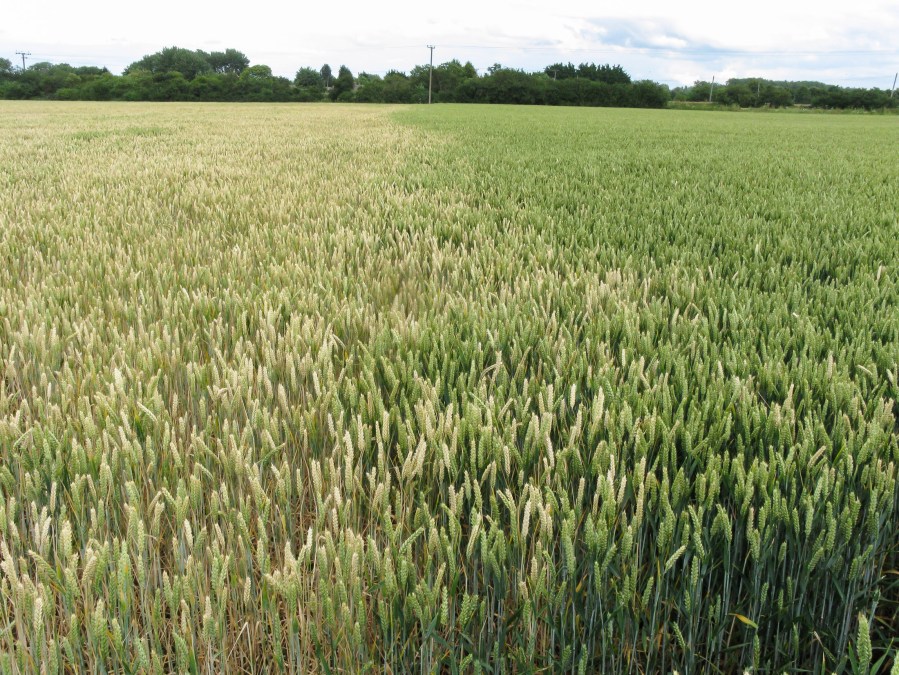Crop protection firm, Certis, has launched an online calculator, designed to help farmers accurately identify the benefit of using Latitude seed treatment. CPM reports.
Based on data from 120 trials taking place over 10 years across a variety of drilling dates and soil types, the newly launched tool from Certis aims to simplify the way in which growers decide on the best approach to protect their crops against the threat of take-all.
Previously, farmers looking to invest in seed treatment were presented with complex spreadsheets of data sets which were often not representative of the many variations of location, seed rates or commodity prices facing farmers across the UK.
Certis developed the Latitude calculator tool to simplify this process and enable farmers to input their own numbers into the equation, including their estimated crop price (wheat or barley), the cost of seed treatment and the seed rate they are using.
Accurate picture
The results provide an accurate picture of the cost benefit of using Latitude, tailored to their individual circumstances. As farm incomes become increasingly squeezed and growers are evaluating every expense, having a simple way to compare the cost of seed treatment against the expected return on investment is paramount.
Tim Eaton, seed treatment account manager at Certis said: “We’ve been highlighting the well proven cost benefit of Latitude for a long time, but it was felt there must be a simpler, more accessible way of presenting the large data set that we have. We took feedback from growers onboard and created an easy-to-use tool that will help them make better informed decisions regarding their investments and protecting their crops.
“It is important to remember that take-all is nearly always present in situations where one cereal crop follows another, this applies in both wheat and barley. Using a seed treatment such as Latitude acts as an insurance policy for growers who are looking to protect the genetic potential of the seeds they are sowing.”
Reduce the risks
Take-all can be a devastating disease, with severe infections taking 50% of yield and dramatically lowering grain quality characteristics,” he added. “The severity of infection will be influenced by many things such as soil type, previous cropping and most crucially of all weather. As eradication of the disease is not possible, growers need to manage and mitigate take-all in order to reduce the risks associated with it, including both cultural and chemical control methods.”
Seed treatments are an effective approach to take-all control due to the disruption of the fungal activity of the take-all inoculum and create a protection zone around the developing root systems. “Although this does not cure the disease, its development is slowed down which allows the plant to grow away from the infected area. This offers growers flexibility around sowing dates to suit individual requirements.”
Find out more and try out the Certis Latitude calculator here: https://www.certiseurope.co.uk/latitude/#skip-content




